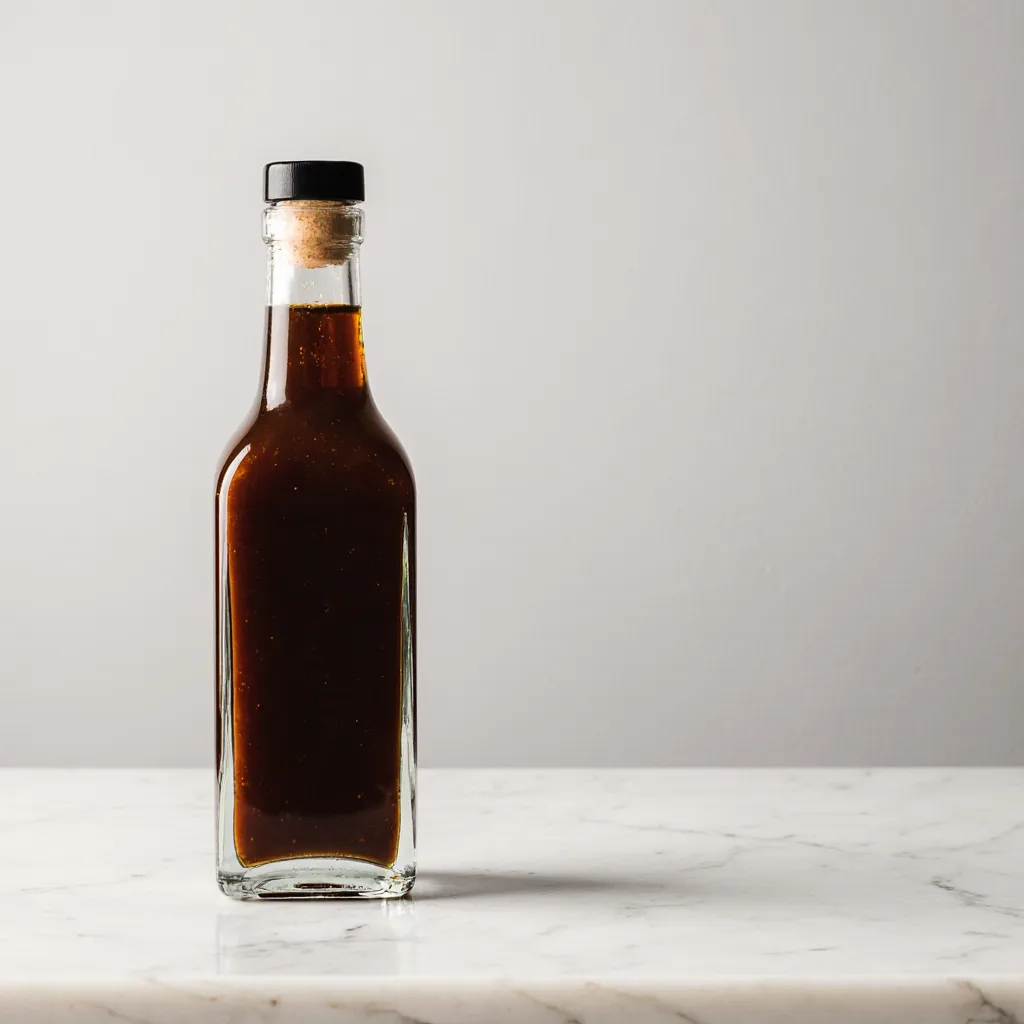Powder: The Pantry Staples You Never Knew You Needed

Hey Taylor, The Pantry Has Entered Its Powder Era
I’ve loved Worcestershire sauce since I was a teenager. It was my go-to marinade for steaks and the not-so-secret-anymore secret ingredient in my chili. For years, I just thought of it as that magical brown bottle that somehow made everything taste better.
Then about a year ago, I learned it was made with anchovies. Anchovies! The very same fish I’ve been known to side-eye in Caesar dressing. But here’s the kicker—I still love it. My friend Antoine used to eat imported anchovies straight out of the tin like they were a delicacy. And honestly, maybe he was onto something. Anchovies are surprisingly balanced in omega fats, with a near perfect 1:1 ratio of omega-6 to omega-3.
Still, I wasn’t prepared for what I discovered a few weeks ago: Worcestershire sauce… in powder form. Drop the mic.
Once I found Worcestershire powder, the floodgates opened. I started noticing all kinds of familiar ingredients—things I thought only came as liquids or perishables—sitting on shelves in powdered form. Coconut milk. Sour cream. Even vinegars.
These pantry-friendly powders aren’t just convenient—they’re smart. They offer intense flavor, long shelf life, and zero food waste. Best of all, they don’t water down a recipe or mess with its texture the way fresh or liquid versions sometimes can.
Let’s dig into the puffed-up world of powdered ingredients: what they are, why they matter, and how to use them like a pro.
Why Powder? The Power of Dehydration
Modern dehydration and spray-drying techniques have unlocked a new universe of pantry staples:
- Longer Shelf Life: No refrigeration. No spoilage. Just a tight lid and dry storage.
- Bold Concentration: Powders are often more intense than their fresh counterparts—think tomato paste levels of flavor.
- Easy to Use: Stir into soups, blend into smoothies, whisk into dressings, or bake right in.
And here’s the kicker: powders let you add flavor without altering texture. No extra liquid. No sogginess. Just clean, controlled infusion of taste and nutrients.
Ingredients Thought of as Solids (Now in Powder Form):
- Avocado: Freeze-dried and ground, avocado powder delivers nutrients without the mush.
- Cheese (Cheddar, Parmesan): Perfect for sauces, snacks, and seasoning blends.
- Spinach (and Kale): Adds fiber, vitamins, and a beautiful green hue to pastas, crackers, or smoothies.
- Mushrooms (Porcini, Shiitake): Umami-rich and bold—amazing in broths or rubs.
- Tomato: Tomato powder is your shortcut to sauces, pastes, and rubs.
- Beet: Great for color and a sweet-earthy touch in baked goods or smoothies.
- Honey: The flavor of honey in a dry format—great for baking or dry rubs.
- Molasses: Deep, bittersweet notes with none of the stickiness.
- Sour Cream: Perfect for dips, seasonings, and sauces.
- Fruits (Strawberry, Mango, Banana): Natural sweetness and real fruit flavor—without perishability.
Ingredients Thought of as Liquids (Now in Powder Form):
- Worcestershire Sauce*: All the savory-tangy punch, now dry and blendable.
- Coconut Milk/Cream: Essential for curries, desserts, or smoothies.
- Vinegars (Balsamic, Apple Cider)*: Adds acidity without dilution.
- Lemon & Lime Juice: Tartness you can sprinkle.
- Soy Sauce: Umami in a shakeable format.
- Butter / Heavy Cream: Adds richness to mixes or baked goods.
- Maple Syrup: Pancake flavor in your spice blend? Yes, please.
- Coffee: Add to brownies, frostings, or spice rubs.
- Milk: Rehydrate or blend straight into a mix.
- Peanut Butter: All the nutty flavor with a fraction of the fat.
What About Fermented Powders?*
Some powdered ingredients are made from fermented foods—think miso powder, fermented black garlic powder, or even sauerkraut powder. These retain the tang, umami, and gut-friendly compounds from fermentation in a concentrated format. They’re great for boosting digestion, layering flavor complexity, and sneaking in probiotic benefits without changing a recipe’s texture. Sprinkle them into broths, marinades, or sauces for next-level depth.
The Buttermilk Bonus
Milk powders like powdered milk, malted milk, and powdered buttermilk* aren’t just for emergencies—they’re secret weapons in baking. These shelf-stable ingredients add depth, richness, and tenderness to everything from pancakes to cookies. You can keep them on hand for whenever the mood strikes—no store run required.
Quick Tip: Stir a tablespoon of powdered buttermilk into pancake batter or cookie dough for extra tang and softness. It’s a smart swap for anyone who wants to bake on demand.
How to Use Powdered Ingredients in Everyday Cooking
- Seasoning Blends: Mix tomato, vinegar, and garlic powders for an instant BBQ rub.
- Baking: Add spinach or beet powder to cookies, muffins, or pancakes for color and nutrition.
- Smoothies: Boost with fruit, greens, or nut butters—without needing a fridge.
- Soups & Stews: Use mushroom, garlic, or sour cream powders for depth.
- Dips: Swirl in powdered cheese, herbs, or lemon juice to amplify flavor.
Storage Tips
- Keep powders in airtight containers in a cool, dark place.
- Avoid humidity. Moisture can cause clumping and reduce shelf life.
- Label with date opened. Most powders stay potent 6–12 months.
Ready to Powder Up?
Check your pantry. Chances are, you’ve got at least one powdered player. Now imagine remixing your meals with a few more.
Powders are the unsung heroes of modern cooking—convenient, clean, and endlessly remixable.
Want more unconventional ingredient ideas? Subscribe to Fresh Spin Remix, our newsletter for fresh finds, smart swaps, and culinary creativity.
What’s in Your Pantry? Have a favorite powdered ingredient we missed? Drop your remix ideas in our IG @remixology.
* Fermented Powder Note
Ingredients marked with an asterisk (*) have undergone fermentation before being dried into powder form. Fermented foods may support digestive health, improve nutrient absorption, and contribute to a balanced gut microbiome. For those cooking with gut-friendly intentions, these powders offer an easy way to incorporate fermented benefits—without refrigeration or added prep.For more info, visit remixology.com/gap to explore
GAP-approved cooking and ingredients.